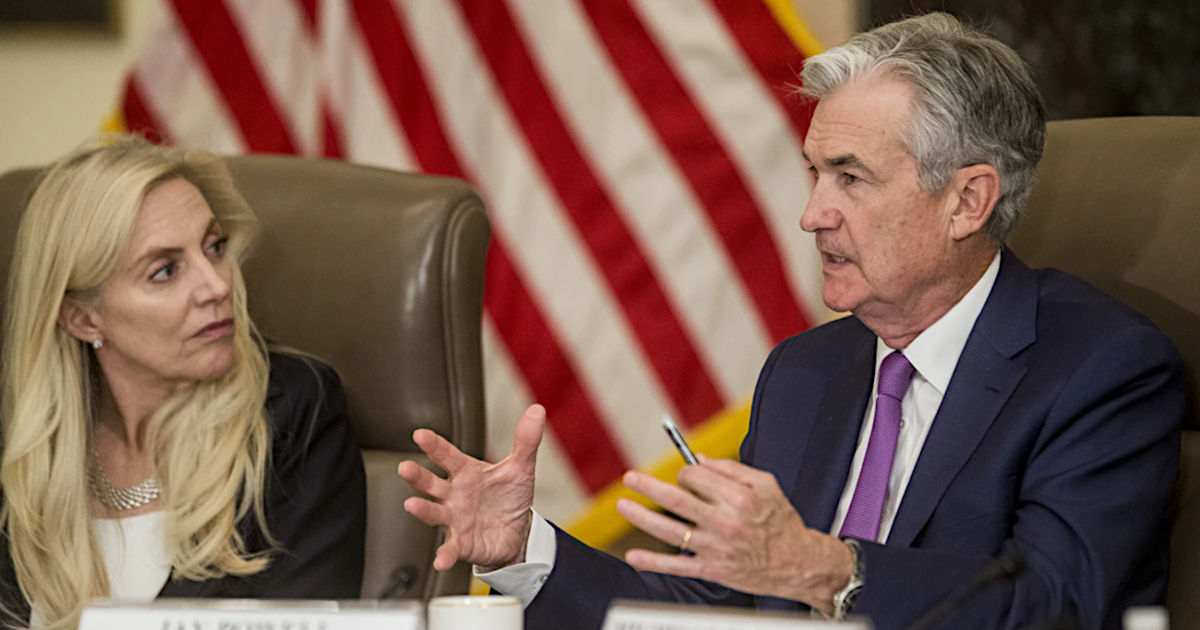Orchestrating a Soft Economic Landing
The Fed’s “easy” monetary policy has been compared to a substance addiction since at least Y2K. Those that have used this analogy compare the 2008 economic problems to an individual that is addicted who crashes. They complain the treatment should not be more of what has caused the addiction in the first place. That is, easier monetary policy, including even stronger “medicine” in the form of quantitative easing.
Following 2008 the markets had the longest rally in history. For pandemic-related reasons the Fed stopped unwinding the previous stimulus in 2020 and instead increased the dosage to include buying a broader array of assets during the pandemic. This week the Fed announced it has more aggressive plans than even before the pandemic to pull the massive amount of stimulants out of the economy.
FOMC Plans
The March FOMC minutes suggest the Fed plans to shrink its balance
sheet sooner than expected and may start selling some of the $3 trillion in mortgage-backed securities it has accumulated since the early days of the pandemic. It plans to reduce the balance sheet by no more than $95 billion a month, phasing this in over the coming months (beginning after the May FOMC meeting). That could add up to more than $1 trillion a year. This would be much more rapid than the last time the Fed tried to shrink its balance sheet and added to it instead.
Can the Fed orchestrate a soft landing while raising overnight rates and reducing its bond holdings?
The minutes showed little discussion of how much a huge reduction will impact the economy. It was not too long ago the Fed was concerned about tapering or reducing how much it added to bond purchases. This new tact is even more extreme. The discussions may not have been had at the meeting or included in the minutes because there is no experience to pull from. It has never been done before. So anything contributed would be an educated guess, economists like empirical data…there is none. In January Chairman Powell openly admitted that it was much clearer how rate increases worked than quantitative tightening.
The educated guess seems to be that letting inflation run rampant is not part of their mandate, so the way forward is to begin and adjust. Attacking the longer end of the yield curve may be like using more leverage than increasing overnight lending rates; quantitative tightening (QT) might cause more pronounced negative reactions in consumer demand.
Will weaning the economy off up to $1 trillion a year be disastrous for investors? The minutes say that the Committee is “prepared to adjust the details of its approach.” This can be read as “IDK.”
Managing Editor, Channelchek
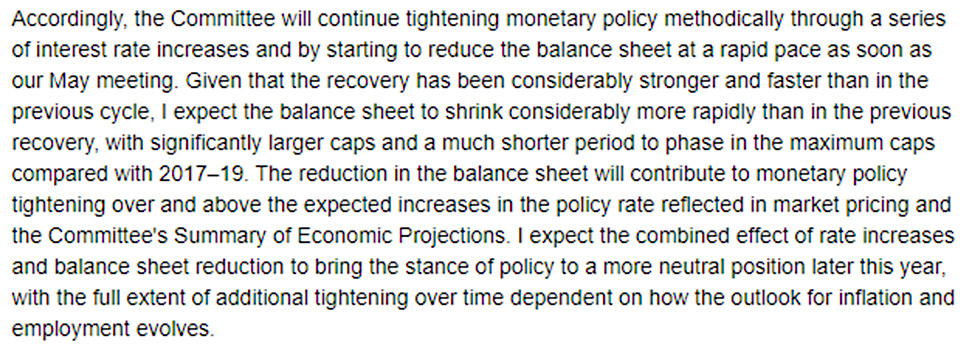 |
| Fed Governor Lael Brainard (April 5, 2022) |
They’re early which says they are concerned. Many Fed watchers and market participants thought QT would begin in July, which would have been considerably earlier than the last time the Fed reversed quantitative policies, (2017-19, from 2009). Over the past two years the Federal Reserve has doubled its balance sheet to $9 trillion. The meeting minutes show officials debated how they would begin to reduce the trillions of dollars in bond purchases it agreed to over in the previous two years. The minutes, barring any unforeseen calamities, suggest the beginning will be after the next two day meeting which ends May 4. It was indicated in the minutes that they would have raised the overnight rates 50 bp last meeting if not for uncertainty of the war in Europe. Chairman Powell recently indicated that expectations should be for 50 bp after the May meeting.
The 95 million per month sales should be considered a cap, $60 billion for Treasuries, securities and $35 billion for mortgage bonds. The actual sales may start out much smaller and let the Fed step back and weigh the impact. Either way, the US is on track for less accommodative policy from the Fed.
Suggested Reading
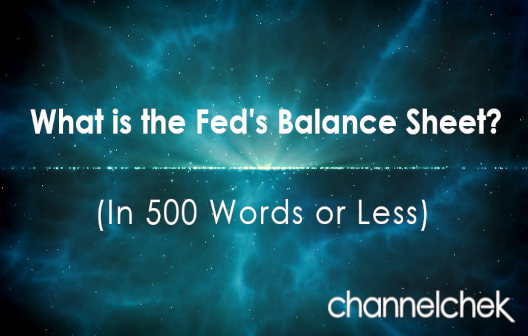
What is the Fed’s Balance Sheet? |
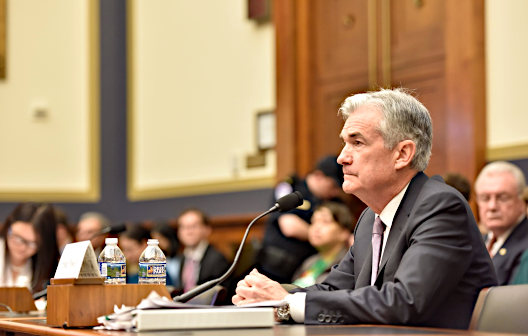
The Detrimental Impact of Fed Policy on Savers |
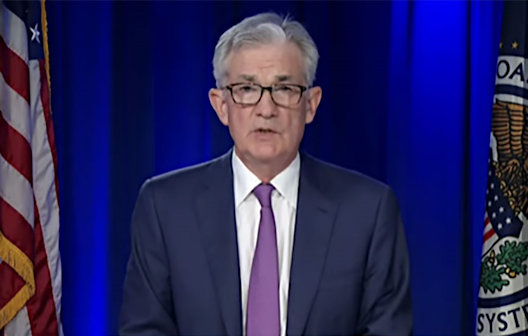
New Economic Variables Confound Fed’s Future Path |

Michael Burry Says Covid19 Cure Worse Than Disease (March 2020) |
Sources
https://www.federalreserve.gov/monetarypolicy/bst_recenttrends.htm
https://www.federalreserve.gov/monetarypolicy/fomcminutes20220316.htm
https://www.marketwatch.com/investing/barrons
Stay up to date. Follow us:
 |
